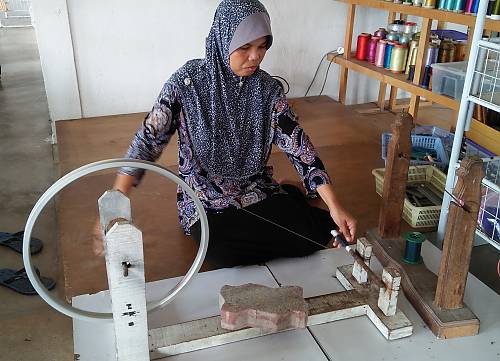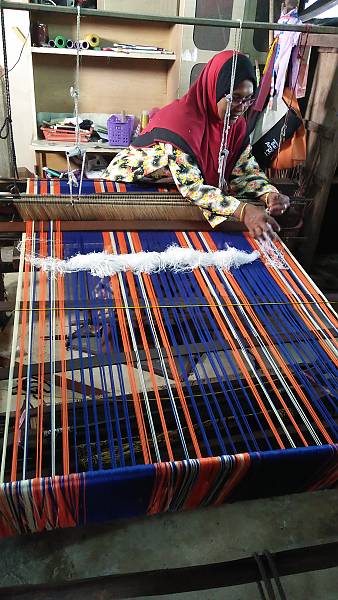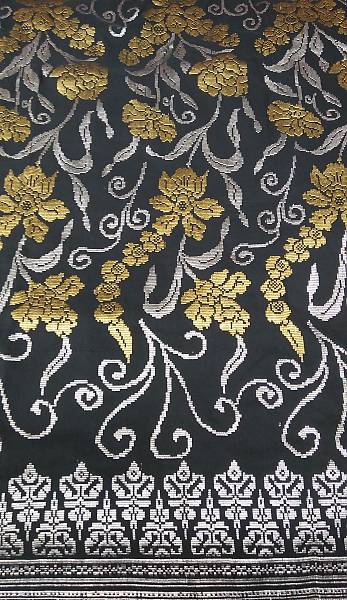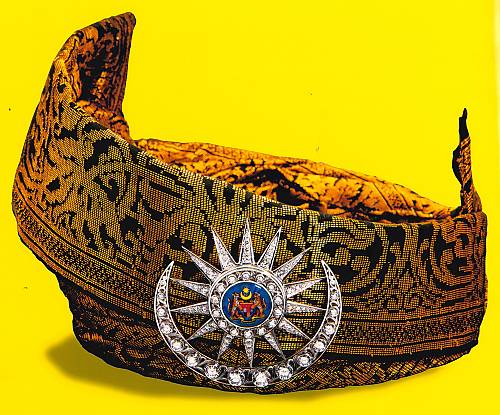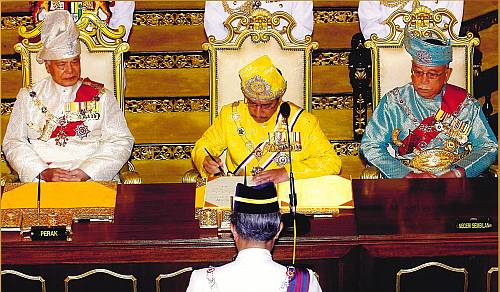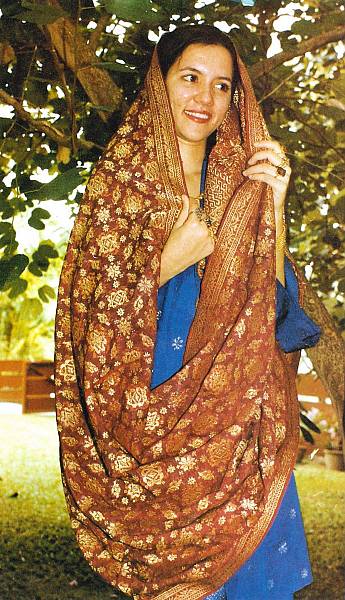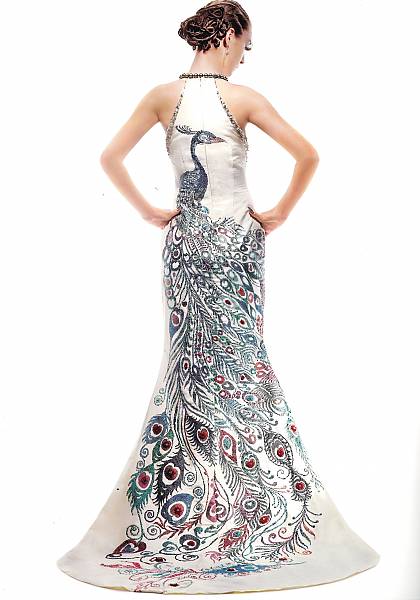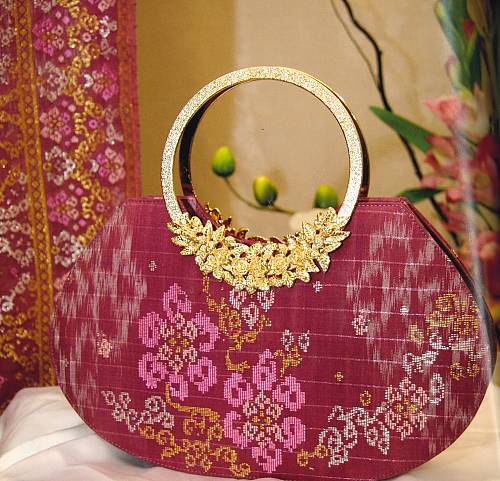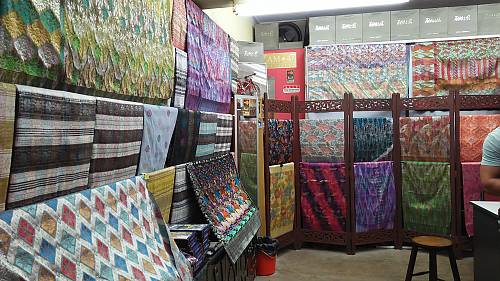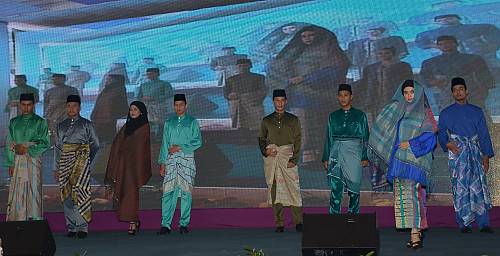Songket
Inscribed in 2021 (16.COM) on the Representative List of the Intangible Cultural Heritage of Humanity

Songket is a traditional Malaysian handwoven fabric created by women in the Malay Peninsula and Sarawak. The term songket refers to the decorative weaving technique used to make the fabric, which entails inserting gold or silver thread in between the base threads. As a result, the extra threads seem to float over a colourful woven background to create an ornamental effect. Songket is woven using a kek, a traditional, two-pedal floor loom. The final product is a delicate fabric resulting from months of skilled handloom weaving by expert artisans. The weaving technique, which dates back to the sixteenth century, is passed on from generation to generation, and the songket style can be identified by the design patterns that use geometric shapes and organic elements, such as flowers, birds and insects. The songket material was traditionally worn only by royalty and their families. However, today it is used by Malay people all over the country in traditional ceremonial clothing, for royal installations, weddings, births, festive occasions and formal state functions. Although the weaving of songket has always been firmly in the hands of women, men also partake in the practice by making the weaving equipment.
